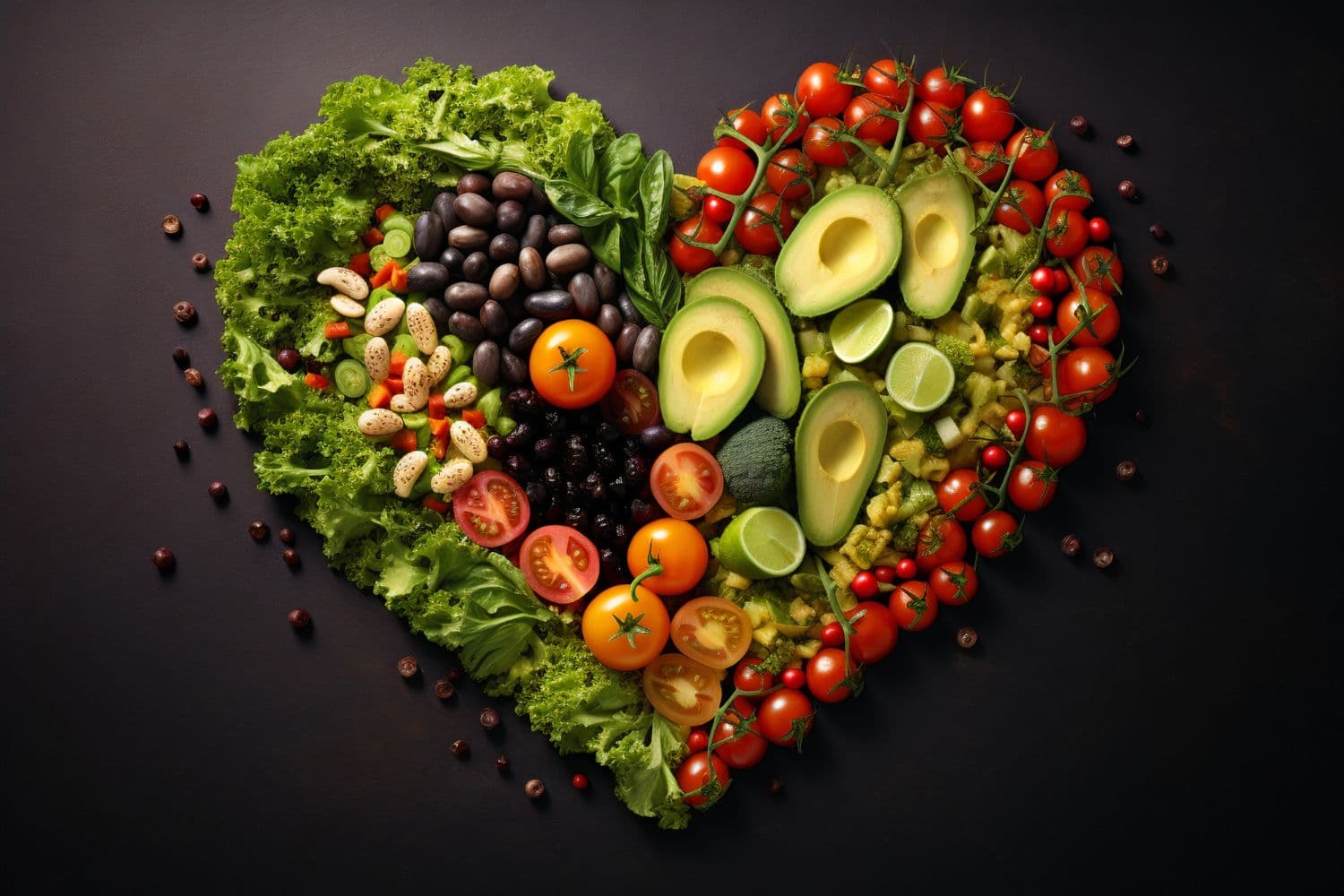7/16/2025
Diet for Nerve Health: What to Eat to Support Facial Nerve Recovery
 Author: Designed by Freepik
Author: Designed by FreepikRegenerating the facial nerve, especially in cases of paralysis, requires a comprehensive approach. Physical rehabilitation is crucial, but so is a proper diet. Appropriate nutrition can support nerve health, accelerate regenerative processes, and improve overall well-being. In this article, we’ll explore which foods to include in your daily diet and which to avoid to aid in the treatment of facial nerve paralysis.
Why is diet important for nerve regeneration?
Nerves, including the facial nerve, require specific nutrients to regenerate. Key vitamins, minerals, and healthy fats support the nervous system’s function, reduce inflammation, and protect nerve cells from damage. A diet rich in antioxidants, omega-3 fatty acids, and B vitamins can speed up the rebuilding of myelin sheaths, which are essential for proper nerve impulse conduction.
Foods that support nerve regeneration
Here’s a list of foods to include in your diet to support facial nerve regeneration:
Fatty fish
- Why it matters? They contain omega-3 fatty acids (DHA and EPA), which support myelin sheath regeneration and reduce inflammation.
- Examples: salmon, mackerel, sardines, herring.
- How to consume? 2-3 servings per week, preferably steamed or baked to retain nutritional value.
Nuts and seeds
- Why it matters? They are a source of vitamin E, magnesium, and healthy fats, which support nerve cell protection.
- Examples: walnuts, almonds, chia seeds, flaxseeds.
- How to consume? Add a handful of nuts to salads, smoothies, or as a snack.
Leafy green vegetables
- Why it matters? They provide B vitamins (especially B9 – folic acid), which support nerve regeneration and neurotransmitter production.
- Examples: spinach, kale, arugula, broccoli.
- How to consume? In salads, smoothies, or as a side dish to main meals.
Antioxidant-rich fruits
- Why it matters? Antioxidants, such as vitamin C, protect nerve cells from oxidative stress.
- Examples: blueberries, raspberries, blackberries, citrus fruits.
- How to consume? As a snack, added to yogurt, or as a dessert ingredient.
Whole grain products
- Why it matters? They contain B vitamins and magnesium, which support the nervous system.
- Examples: brown rice, quinoa, buckwheat, whole-grain bread.
- How to consume? As a base for meals or an addition to soups and salads.
Eggs
- Why it matters? They are a source of choline, essential for producing acetylcholine, a neurotransmitter critical for nerve function.
- How to consume? Boiled, in omelets, or as a salad ingredient.
Foods to avoid
Certain foods can slow nerve regeneration or increase inflammation. Here’s what to steer clear of:
Simple sugars and processed carbohydrates
- Why avoid? They can cause blood sugar spikes, negatively affecting the nervous system.
- Examples: sweets, sodas, white bread, pastries.
- Alternatives: Choose whole-grain products and natural sugar sources, like fruits.
Trans and saturated fats
- Why avoid? They can increase inflammation in the body, hindering nerve regeneration.
- Examples: fast food, fried foods, fatty meats.
- Alternatives: Healthy fats, such as olive oil or avocado.
Alcohol
- Why avoid? Alcohol can have a toxic effect on nerves and slow their regeneration.
- How to limit? Avoid alcoholic beverages, especially during intensive rehabilitation.
Processed foods
- Why avoid? They contain preservatives, artificial additives, and salt, which can burden the body.
- Examples: chips, ready-made meals, canned foods.
- Alternatives: Fresh, unprocessed products.
Practical dietary tips
- Plan your meals: Prepare balanced meals in advance to avoid reaching for processed foods.
- Stay hydrated: Proper hydration supports overall health, including nervous system function.
- Eat regularly: Regular meals help maintain stable energy and nutrient levels.
- Consult a specialist: A dietitian can help tailor your diet to your individual needs, especially if you have other health conditions.
Is there support for facial rehabilitation?
NeuroFace is a platform that provides free access to knowledge about facial nerve paralysis and effective rehabilitation methods. Our mission is to support patients through:
- Knowledge base: Articles, tips, and up-to-date information on treatment and exercises to aid regeneration.
- Rehabilitation exercises and techniques: Proven methods to improve facial muscle function.
- Community: Opportunities to share experiences and support with others undergoing rehabilitation.
- Expert advice: Guidance from specialists in neurology, physiotherapy, and dietetics.
- Advanced technology: A mobile app to support rehabilitation.
Join NeuroFace and take advantage of free knowledge to help you recover faster!
Summary
Diet plays a crucial role in the regeneration of the facial nerve. Incorporating foods rich in omega-3 fatty acids, B vitamins, antioxidants, and magnesium can significantly support therapy. Avoiding simple sugars, trans fats, and alcohol will help minimize inflammation and speed up recovery. Remember that every body is different—tailor your diet to your needs, ideally in consultation with a doctor or dietitian.
Want to learn more about facial rehabilitation? Follow our blog to stay updated with practical tips and the latest advancements in treating facial nerve paralysis!
 Author: Designed by Freepik
Author: Designed by Freepik